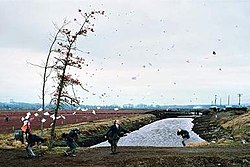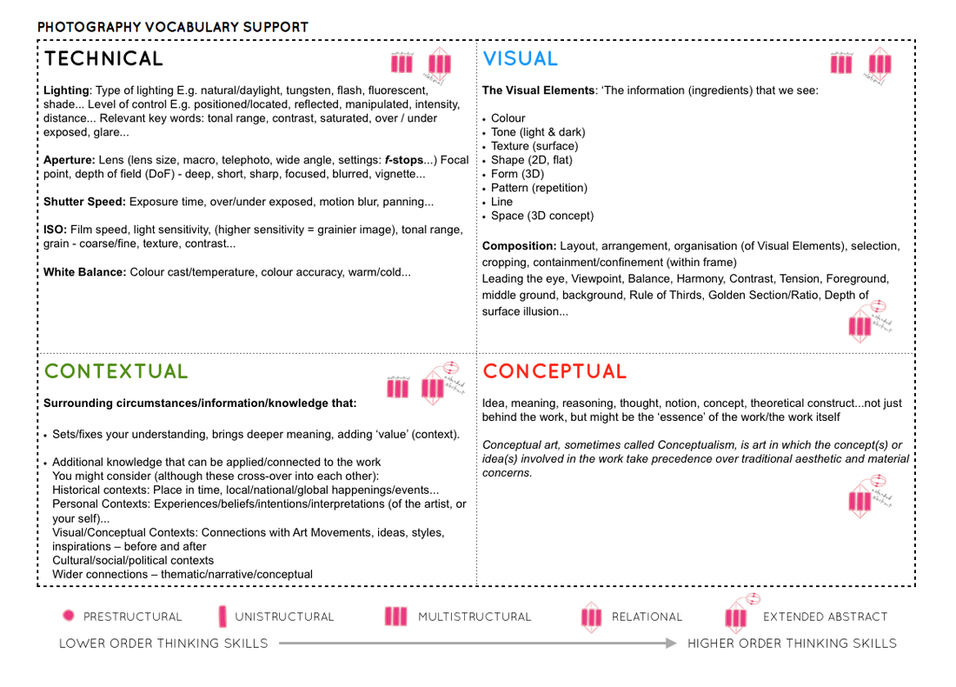Natural lighting
Natural lighting is the form of lighting that is mostly used in portraiture. Natural lighting can come at different intensities, temperatures and directions. These are all important to consider as all these factors can cause things like shadows, so you must use the lighting to your advantage in order to achieve the outcome that you want. I also used reflectors in this photoshoot so I could choose how the lighting illuminated certain parts of my models’ faces. Below is a mood board that I used as inspiration on how to use natural lighting in portraiture:
Mood board

Contact sheets

 Best outcomes
Best outcomes




Using reflectors
Below are 2 examples, using my own images, showing how using reflectors can change how a portrait look:




The images on the left were taken without a reflector. You can tell as the parts of the faces that aren’t in direct contact with the light, ended up shadowed. The images on the right are taken using white card as a reflector. You can tell as it made the other side of the face ended up lit up.
Analysing
 Technical
Technical
when taking this image my ISO was set to 800, and my shutter speed was set at 1/60. These settings meant that this image had a long exposure time, so that it wasn’t dark and under exposed.
Visual
I think this is one of my best outcomes due to how the lighting looks on the model’s face. I like how part of it is lit and the other half isn’t, giving the image a chiaroscuro effect. I think the image would’ve also looked good if I had also reflected the light onto the other said of the face too. However, I think the chiaroscuro lighting and the slight low-key lighting in the image pair together nicely to create a really dramatic and mysterious image. I also like how the model is positioned nicely in the middle of the image, as it adds symmetry to the photo. However, I think the image would’ve looked a lot better if it had been taken with a better background as the plant in the background would’ve been less distracting.











































































 Best outcomes
Best outcomes
























































